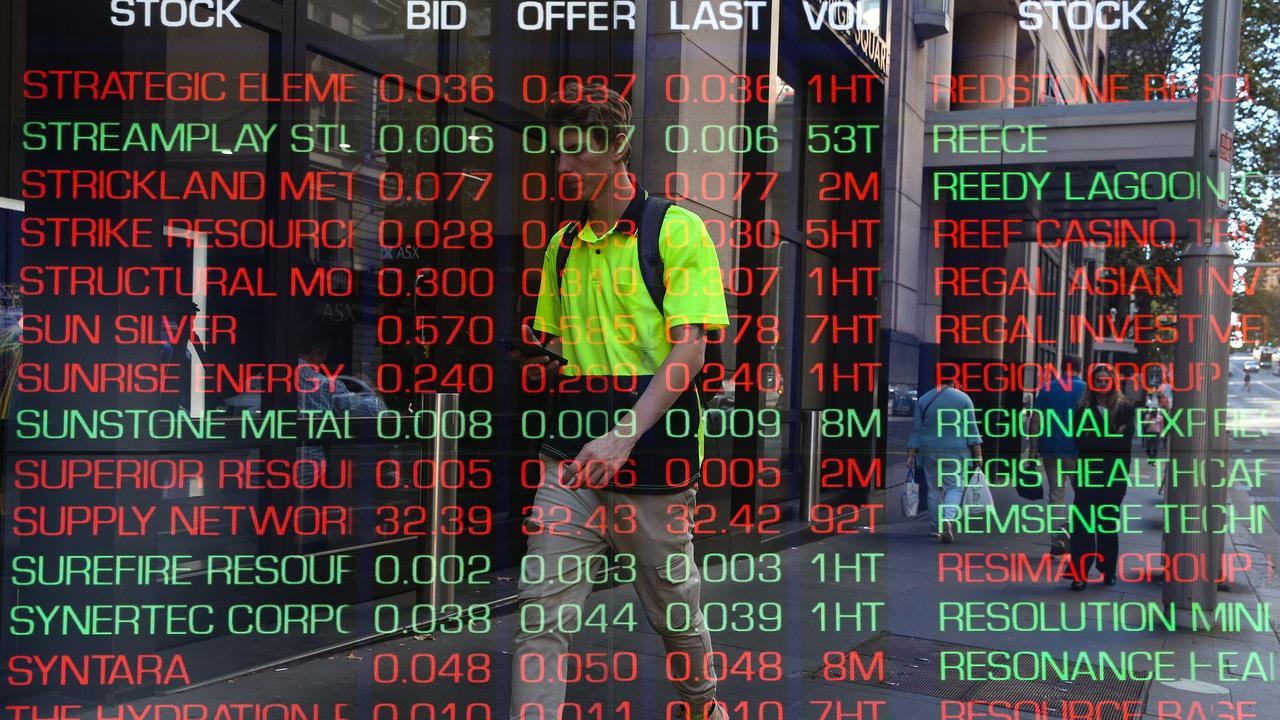Investment with massive 10 per cent return
One type of investment has gone from 0 to a whopping 10 per cent returns but there’s a reason to proceed with caution.

Over the past year we’ve seen the fastest interest rate tightening cycle in a generation, with rates increasing by an eye-watering 4 per cent since May 2022.
This has come with no small amount of pain and discomfort for many Australians who have been stretched trying to keep up.
But there has been one big upside for investors, namely that the interest rates on cash and cash based savings accounts have gone through the roof – you can now buy bonds backed by the US government that are paying a return of almost 10 per cent – this is leading many investors to consider whether bonds have a role to play in their investing moving forward.
But for the last decade or so the return on bonds has been close to 0 per cent, so for good reason they’ve not been the most popular of investments. If you’re newer to the investing game, or even if you’ve been at it for a while, you’re probably wondering what these investments are all about and how to figure out if they’re a smart move for you.
What are bonds?
The simplest way for me to explain bonds is that they’re like a term deposit on steroids – you agree to park your savings into a bond for a set period of time, and in exchange you get promised a set interest rate. The interest rate can be fixed or variable, and some pay a return based on the rate of inflation.

It’s these inflation linked bonds that are delivering such high returns today, with sky high inflation around the world. If you have a bond that’s paying a 4-5 per cent return that might sound OK, but if it’s paying this same rate on top of the inflation rate it’s a game changer.
The current round of US government-backed inflation linked bonds is delivering a return of 9.62 per cent, but these are only available for a short window until the inflation calculations are recalibrated on November 1.
Why would you want to invest in bonds?
The big benefit of bonds is that they pay a consistent income return, and aren’t subject to the ups and downs of the sharemarket. Bonds are typically ‘secured’ by the bond issuer, i.e. whoever provides the bond provides a guarantee they will pay the money back plus the promised interest rate.
Further, whoever issues the bonds puts up some assets as collateral to ‘back’ the bonds – this means bonds are typically more stable investments than buying shares or property.
What are the risks?
The first big risk to look out for when investing with bonds is ‘issuer risk’, which is the risk of the company or institution that issues the bonds defaulting on their payments. If the issuer is someone like the US government this risk can be fairly low, but bonds are issued by companies of all shapes and sizes, so if you’re buying bonds in a smaller, start up company this risk can be significant.
If you’re investing into bonds, you want to be confident whoever you’re buying them from is going to be around to make the interest payments and give you your money back when the bond comes due.

Another risk is around fluctuations in the price and value of bonds over time. I mentioned above that bonds are typically more stable than other investments, but their values can and do fluctuate from time to time. If you have a bond that’s paying a set rate, when interest rates go up or down, new bonds created will typically pay a higher or lower rate than older bonds which can reduce (or increase) the price someone would pay for your bond.
But probably the biggest risk that comes with investing in bonds is that bonds are income investments as opposed to growth investments. As mentioned above, bonds pay a set income return and then your capital is returned at the end of the term of the bond. Because your money doesn’t ‘grow’ while it’s sitting in the bond, inflation can take a large chunk out of your real return.
If you’d bought a bond a couple of years ago that was being paid back today, because of the high inflation over the last 24 months, when your money is returned it’s buying power will be much lower than it was when you kicked off your investment.
Further, in Australia the income paid on bond investments is taxable, so your after tax return is much lower than the headline interest rate. This means that over the long term, the after tax and after inflation return on bonds is typically very low (below 2 per cent), and much lower than the after tax and inflation return on investments like shares.
Are bonds right for you?
There are a lot of different ways to be right when you invest, but there’s only one right way for you. To figure out if bonds are the right move, it’s helpful to map out your investing and money plan looking forward. Once you know where you’re headed it’s easier to see how bonds fit with your goals and the other things going on with your money.
When you’re doing this, make sure you’re comparing the after tax return on bonds against any other investments, and that you consider how inflation will impact your results. This way whatever investments you choose, you’ll go in with your eyes open.
Ben Nash is a finance expert commentator, financial adviser and founder of Pivot Wealth. Ben is the creator of the Smart Money Accelerator program that helps people build a second income investing faster.
Ben is also the Author of the brand new book, ‘Replace your salary by Investing’ and the host of the Mo Money podcast,, and runs regular free online money education events, you can check out all the details and book your place here
Disclaimer: The information contained in this article is general in nature and does not take into account your personal objectives, financial situation or needs. Therefore, you should consider whether the information is appropriate to your circumstances before acting on it, and where appropriate, seek professional advice from a finance professional.






